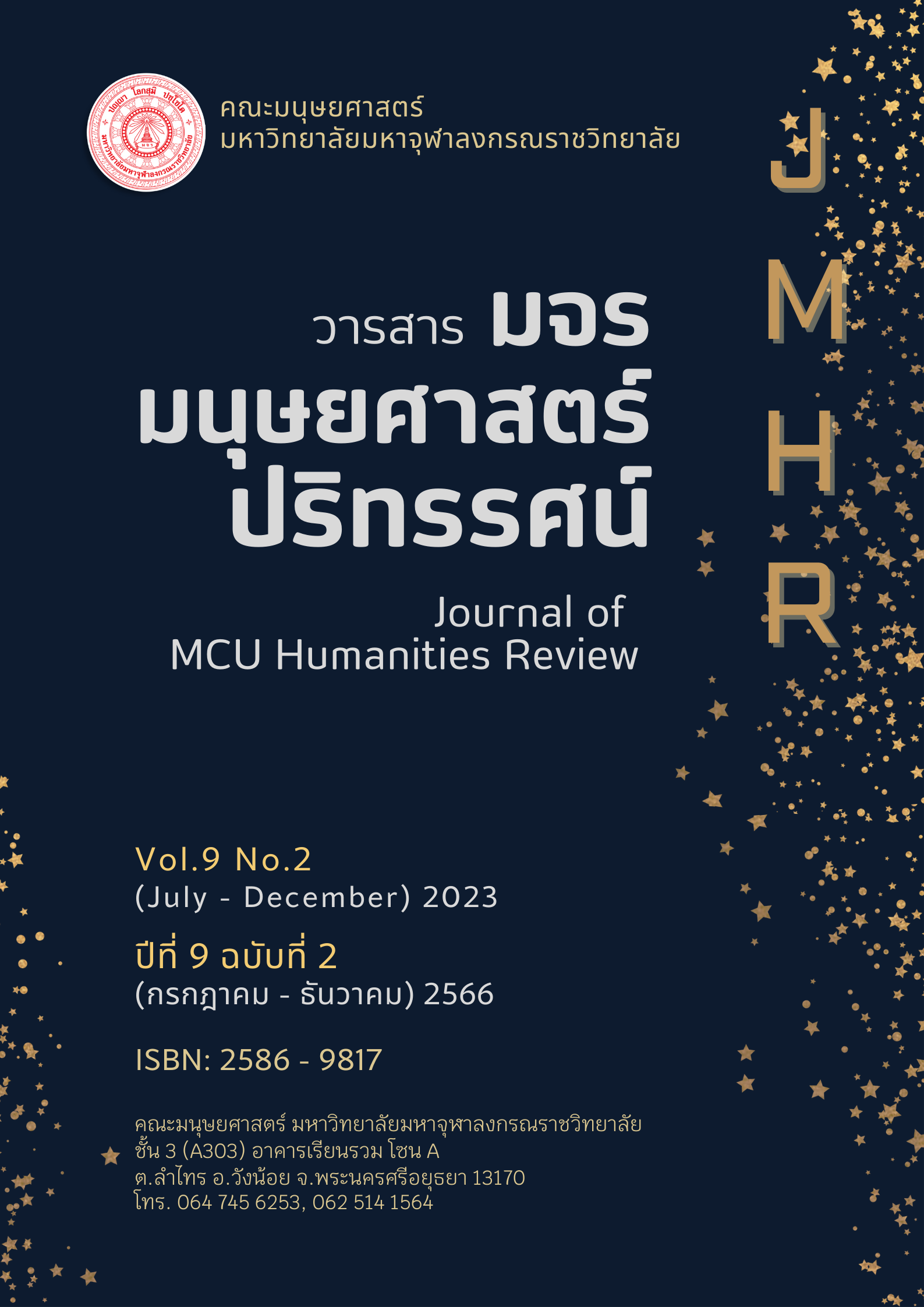An Analysis of Phonological System of Pāli Language
คำสำคัญ:
Pāli, Phonological System, Analysisบทคัดย่อ
-
เอกสารอ้างอิง
Charles Duroiselle. (1997). A Practical Grammar of the Pāli Language. Australia: Buddha Dharma Education Association Press.
David Alfter. (2014). Morphological Analyzer and Generator for Pali. Germany: University of Trier Press.
Edward Muller. (1884). Simplified Grammar of the Pali Language. London: Trubner and Co., Ludgate Hill Publication.
Justin Meiland. (2010). Pali language. London: Pali Text Society Press.
Klaus Nothnagel. (2017). A Short Introduction and Guide to Pāli Pronunciation and Pāli Grammar. USA: Pariyatti Publication.
V. Perniola. (1997). Pāli Grammar. London: Pali Text Society Press.
Wilhelm Geiger. (2005). A Pāli Grammar. London: Pali Text Society Press.
ดาวน์โหลด
เผยแพร่แล้ว
รูปแบบการอ้างอิง
ฉบับ
ประเภทบทความ
สัญญาอนุญาต
ลิขสิทธิ์ (c) 2023 วารสาร มจร มนุษยศาสตร์ปริทรรศน์

อนุญาตภายใต้เงื่อนไข Creative Commons Attribution-NonCommercial-NoDerivatives 4.0 International License.






